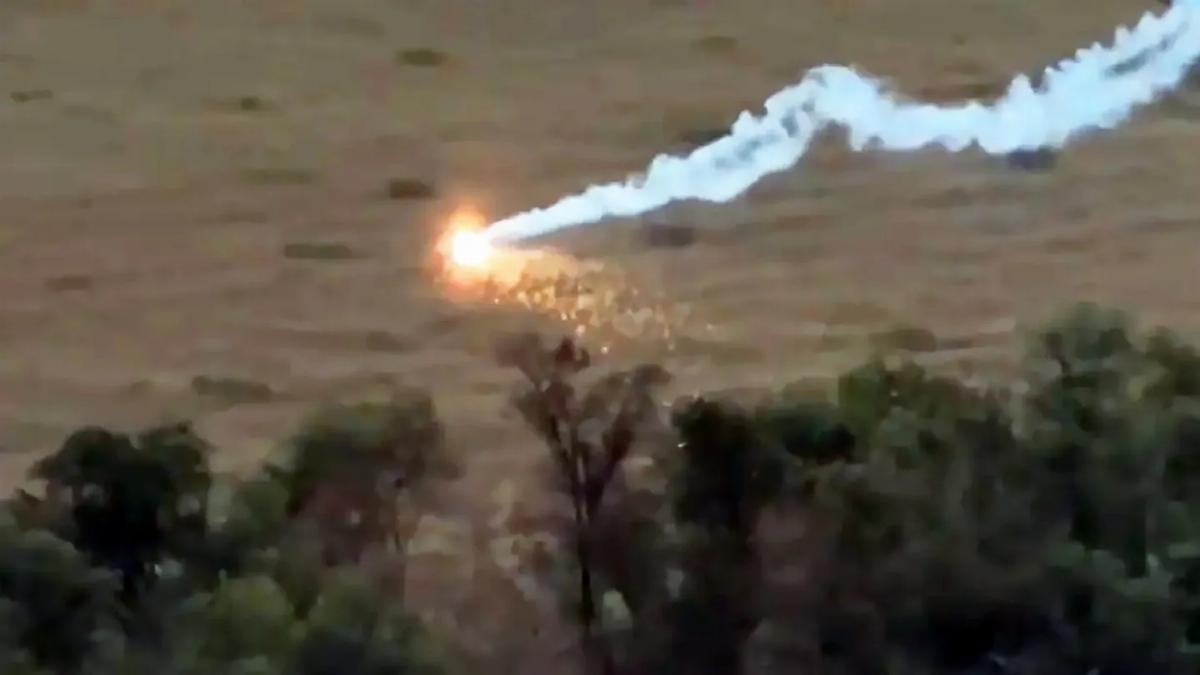
Ukraine deploys new 'Dragon Drones' featuring thermite mixtures
The Ukrainian armed forces have introduced a new drone, commonly referred to as the "dragon drone," which utilizes a pyrotechnic thermite mixture. This technology has been designed to target enemy positions with incendiary capabilities.
In early September, images circulated on social media showing the drone operating over a forest area where Russian troops were positioned. The drone releases a thermite mixture, consisting of aluminum powder and iron oxide, which can ignite to temperatures reaching 2,200 degrees Celsius (3,992 degrees Fahrenheit). This substance is capable of igniting various materials, including steel.
Ukrainian military officials confirmed that these drones had seen combat use for the first time and reported enhanced precision in targeting compared to traditional weapons. Russian media outlets have acknowledged the effectiveness of the drones, with one former combatant referring to them as a significant threat due to their ability to cause extensive fires and damage.
While the exact deployment locations of these drones are not fully known, the Ukrainian Defense Ministry has released images from the Kharkiv region. Emil Kastehelmi, from the Black Bird Group, has used geographical metadata to track the drones' usage in front-line areas such as Zaporizhzhia and Donetsk, as well as in the Kursk border region, where Ukrainian military operations have been reported.
Thermite weapons are not a new concept; their first recorded use was during World War I. The technology was initially developed for peaceful purposes by German chemist Hans Goldschmidt, who intended it for welding applications. Incendiary devices have been employed in various conflicts since then, including both World Wars and the Vietnam War.
Although international law does not ban thermite mixtures in warfare, their use against civilian targets is prohibited. Military experts have expressed concerns about the indiscriminate nature of such weapons, which can lead to severe burns and respiratory injuries.
Dimko Zhluktenko of the Dzyga's Paw charity foundation, which supplies drones to the Ukrainian military, emphasized that these drones are aimed at military targets located away from civilian areas. He noted the strategic advantage of targeting entrenched Russian positions in forests, which provide natural cover.
Despite the environmental impact of using thermite mixtures, Zhluktenko maintained that the priority remains the sovereignty of Ukraine. Observers are cautious about the long-term implications of the "dragon drones" on the conflict, noting that while they may not replace conventional attack methods, they could offer psychological advantages against opposing forces. Reports indicate that Russia is also developing its own version of similar drone technology.







